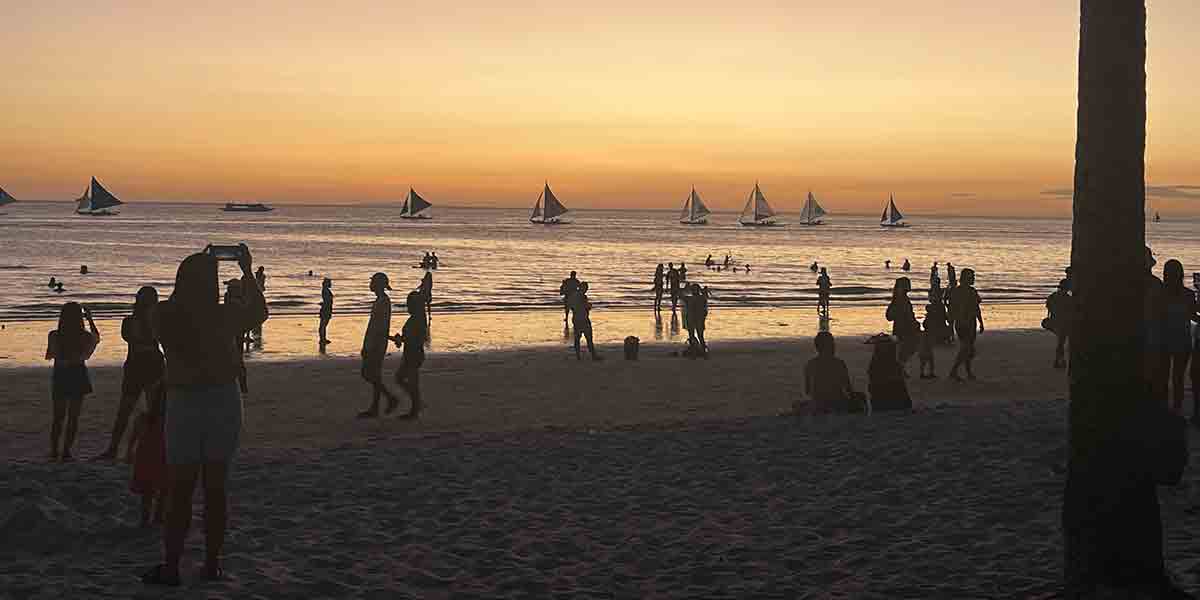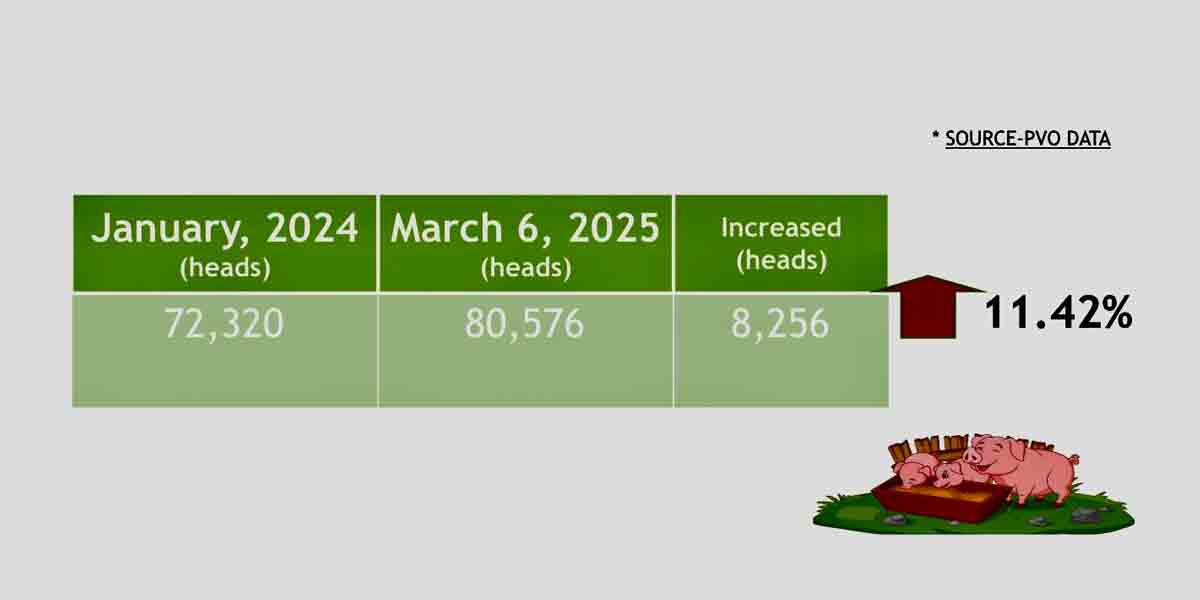By Berniemack Arellano
In the context of Metro Iloilo, it’s rapidly becoming metropolitan when it comes to rush hours. Although City Proper is still relaxed by this time, people from the arrabales like Jaro or Villa, even first towns like Pavia, Oton, Leganes and Santa Barbara, are now rushing towards the city. That is why we had a lot of things to do before we rationalize our public transport system, as the city has gone beyond its territorial limits.
However, unlike Vigan where the poblacion is still the center, Iloilo has multiple commercial districts. The older one is the corridor from Jaro to Iloilo City through E. Lopez-Luna St. Another is the Molo-City Proper Corridor. And lastly, the newer one which is in Mandurriao and Diversion Road areas.
Iloilo’s downtown flourished because of its port. All roads—Molo or Jaro—lead to City Proper. When Diversion Road was not existing and Mandurriao was an isolated district, almost all public transport converge in the city proper. It was and still is strategically located.
With the rise of Mandurriao as the new business district, City Proper became more isolated and “layô” for residents from the arrabales. Most of the transshipment and cargo shipping operations have moved out of Muelle Loney and into Loboc in Lapuz District. Bacolod-bound ferries have moved out to the other side and inter-island ferry isn’t as robust as it used to be.
The presence of the city and provincial government in the old downtown area makes the district robust and thriving. Small and medium enterprises make this their home.
Movements of commercial activity from older parts of the city to newer areas are not an unusual happening in the Philippines. Though City of Manila is still bustling, the prime commercial high-end activities are now focused on Makati, BGC, Ortigas, Alabang, and QC. In smaller cities like Vigan, Avenida Quezon replaced Calle Crisologo’s role as the commercial main street.
Cebu City’s Colon and “downtown” have marched towards “Uptown” and SRP. Even GenSan’s Pioneer Avenue have moved on to either Santiago Boulevard and National Highway.
In other cities, it is ironic that the by-pass roads—the roads which were intentionally built to divert traffic away from the bustling town/city center, becomes the new town center and commercial district.
To some, they see this as the start of “urban decay.” Some argue that “gentrifying old districts” may revive that commercial activity and “glory” fueled by nostalgia. I am concerned on how this will not displace the current residents and stakeholders, just in the name of beautification and revitalization.
Amo na nga nagapamangkot ko regarding how the tenants of Central Market will be after the rehab of the old marketplace.
The new challenge is on how to make Calle Real or City Proper significant given the changes in urban fabric of Iloilo City. Efforts are seen through tourism as one sector that would fill the gap that transshipment and commercial activity once devoted to the port district left. By night fall, it is a sleepy district (to which historically speaking, it was except occasions of “igpat-igpat sugâ”). The heritage buildings, narratives and stories, and even traditional shops tell the story of the history of this southern city. Having Dinagyang maintain its stage(s) in the downtown area is a boost. Adds layer Iloilo’s rich cultural narrative.
Amid all of these well-preserved heritage buildings, it is the people’s experiences and stories that make it identifiable and creates a “sense of place” or “diwa ng lunan.” The sentimentality of nostalgia and the everyday life makes it what it is. Tao ang nagahimo sang significance kag purpose sang isa ka lugar.
(Bernardo “Berniemack” Arellano III is an Assistant Professor of History at the Department of Social Sciences of the College of Arts and Sciences of the University of the Philippines Los Baños. He graduated with a Master of Science in Geography degree at the University of the Philippines Diliman in 2019, and took his Bachelor’s Degree in History at the University of the Philippines Visayas in Iloilo in 2006. He takes interest in the merger of history and geography through placemaking practices and “sense of place” in the more localized or Filipino perspective. He served the Philippine national government as a Senior Registry Coordinator for Local Governments on the Philippine Registry of Cultural Property with the Philippine Government through National Commission for Culture and the Arts. It involves coordination and facilitation of the creation of local cultural inventories nationwide. Arellano has been in this sector since 2008 as an advocate for promoting and preserving cultural heritage of the country)
















